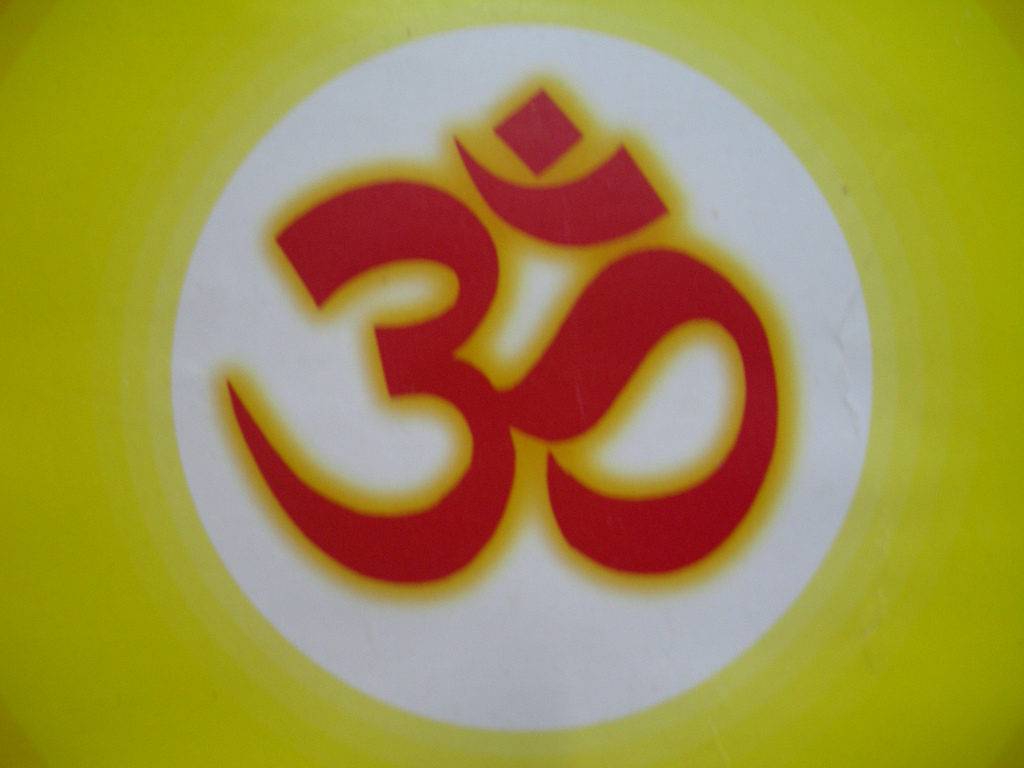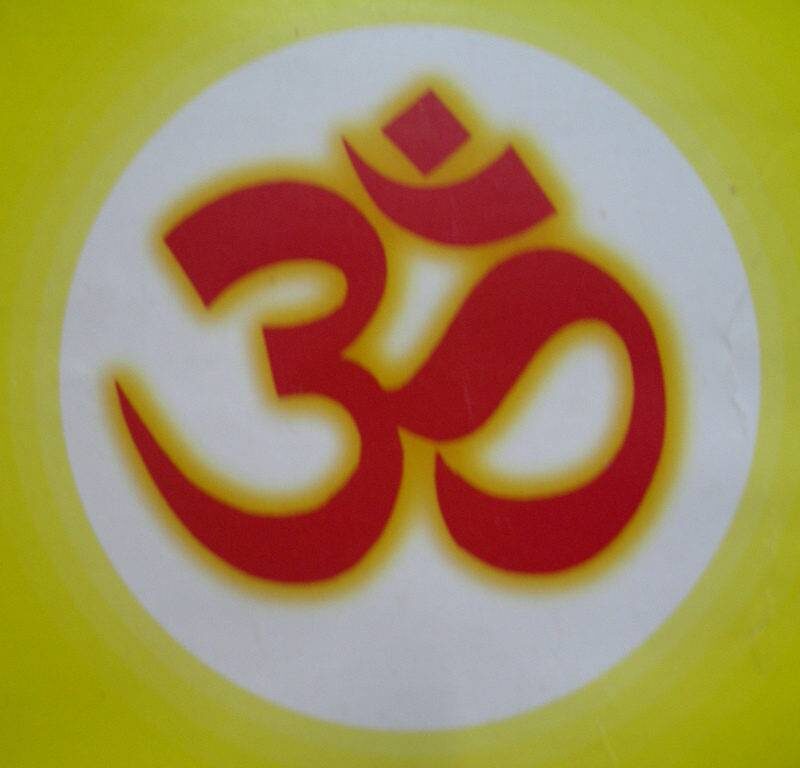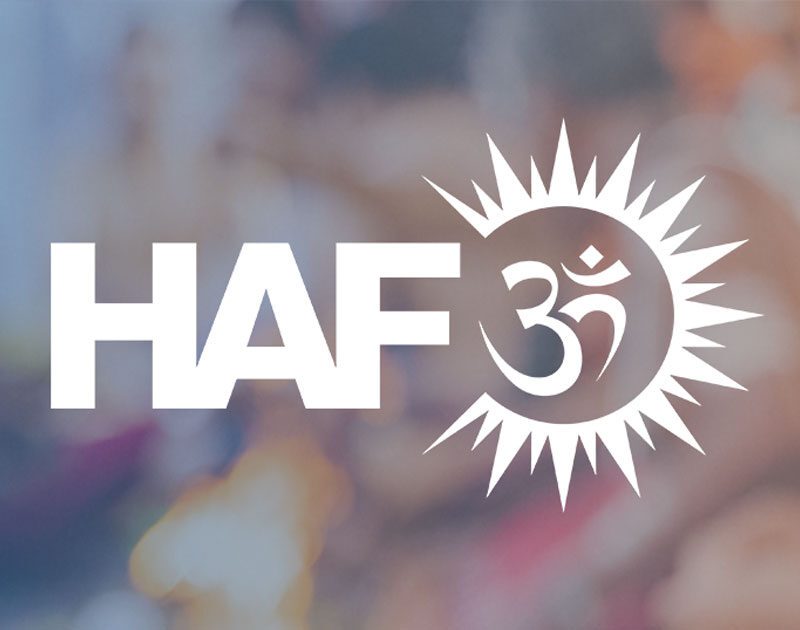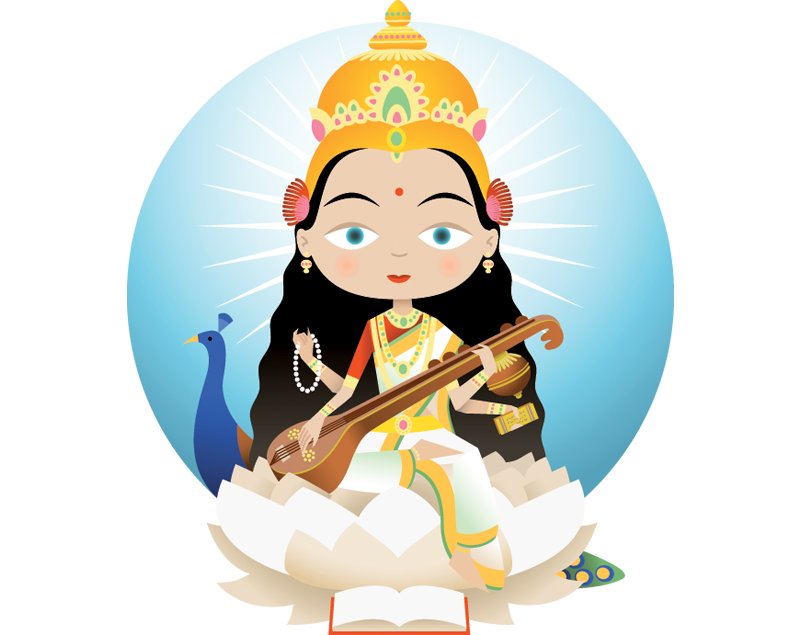

1) Hinduism is at least 5000 years old
Hinduism is one of a few ancient religions to survive into modern times. The collection of traditions that compose modern-day Hinduism have developed over at least the past 5000 years, beginning in the Indus Valley region (in the nations of modern India and Pakistan), in what was the largest civilization of the ancient world. There is no ‘founder’ of Hinduism, nor single prophet or initial teacher. Hindus believe their religion has no identifiable beginning or end and, as such, often refer to it as Sanatana Dharma (the ‘Eternal Way’). As for the name itself, ‘Hindu’ is a word first used by Persians, dating back to the 6th century BCE, to describe the people living beyond the Indus River. Initially it did not have a specific religious connotation. The religious meaning of the term did not develop for roughly another 1000 years.
2) The Vedas are one of Hinduism’s many primary religious texts
Hinduism does not have a single holy book that guides religious practice. Instead, Hinduism has a large body of spiritual texts that guide devotees. First among these are the Vedas (“knowledge” in Sanskrit), a collection of hymns on the divine forces of nature presenting key Hindu teachings. The Vedas, considered to be realized (revealed) eternal truths, were passed down via an oral tradition for thousands of years before being written down. Hindu philosophy was further developed in the Upanishads. This philosophy was restated in the Puranas, the Ramayana, and the Mahabharata (the world’s longest epic poem), as well as the Bhagavad Gita. Countless life stories, devotional poetry, and commentaries by sages and scholars have also contributed to the spiritual understanding and practice of Hindus.
3) Hinduism is one of four ‘Dharmic’ or ‘Indic’ traditions
Hinduism, Buddhism, Jainism, and Sikhism can be referred to as the “Dharmic” or “Indic” traditions. The Dharma traditions share a broadly similar worldview, and share many spiritual concepts, such as dharma, karma, samsara, and moksha—though each religion understands and interprets them differently.
4) Hinduism sees the Divine present in all existence
The deepest single spiritual truth presented through the Vedas is that Brahman (roughly understood in English as ‘the Absolute’ or ‘the Divine’) pervades the entire universe. This divine reality, or its essential nature, is present in all living beings, eternal, and full of bliss. Brahman is understood as the cause of creation, as well as its preservation, and dissolution and transformation, all done in a constant, repeating cycle.
5) The nature of the Divine is understood in different ways in different lineages
Within Hinduism there is a broad spectrum of understandings about the nature of Brahman. Some Hindus believe that Brahman is infinite and formless, and can be worshipped as such, or in different forms. Other Hindus believe that the Divine is infinite and has a transcendental form. For example, some Vaishnavas believe that the one supreme form is Krishna, while Shaivites call this form Shiva.
6) Hinduism worships the Divine in both male and female, animal form
Because Hindus believe that Brahman can take form, they accept that there are a variety of ways in which all human beings can connect with the Divine. This universal Divinity is worshipped in both male and female forms. The female form is known as devi, which is a manifestation of shakti (energy or creative force). Other forms combine male and female aspects together and some resemble animals, such as Ganesh or Hanuman. Each of these forms has a symbolic meaning. Hindus have long told stories about these various forms of the Divine to inspire devotion and instill ethical values.
7) Hindus pray to different aspects of the Divine
Hindus pray to different forms of Brahman as manifestations of particular divine qualities or powers. For example: Ganesh is honored by Hindus (as well as sometimes by followers of other Indian religions) as the remover of obstacles and honored for his great wisdom, and is often invoked before beginning any important task or project; Saraswati is the Goddess associated with learning and wisdom; Lakshmi is worshipped as the Goddess of Prosperity. God is believed to have the taken human form of Rama to show people how to live the path of Dharma. Krishna is said to have come to eradicate evil and protect good. Shiva is worshipped as the lord of time and change. Furthermore, the prominence of each of the aspects of the Divine varies depending on the lineage of the individual Hindu.
8) Hindus use images in worship to make the infinite comprehensible to the human mind
Hindus represent the various forms of God in consecrated images called murti. A murti can be made of wood, stone, or metals (and sometimes can be naturally occurring, rather than fashioned by human hands). Murti offer a way to visualize and meditate upon Brahman, which due to its infinite nature is believed to be beyond the grasp of the human mind. Murti is often inaccurately translated as ‘idol’ but a more accurate translation is ‘embodiment’. Hindu families conduct their daily worship at home altars and also at temples on special occasions. Many Hindus consult gurus (recognized spiritual teachers and guides) for advice or answers to spiritual questions.
9) Hindus believe the soul is eternal and is reborn in different forms
Hindus believe that the soul, atman, is eternal. When the physical body dies the soul is reborn in another body. This continuous cycle of life, death, and rebirth is called samsara. Rebirth is governed by karma: the principle that every action (be it physical or mental) has a result, like cause and effect. What an individual experiences in this life is the result of their past actions, either actions they have already taken in this life or actions from a past life. How an individual acts today impacts the future, both in terms of effects felt later on in this life or in a future birth. Though the effects of karma make certain actions easier or more difficult to take, just as our personal habits influence our lives, this is not a deterministic or fatalistic system. Rather, we all have the ability to freely choose how to act in any situation.
10) Hindus believe we each have four goals in life
Hindus believe we have four goals in life: Dharma (conducting ourselves in a way conducive to spiritual advancement), Artha (the pursuit of material prosperity), Kama (enjoyment of the material world), and Moksha (liberation from the attachments caused by dependence on the material world and from the cycle of birth and rebirth).
11) There are four paths to Moksha
Hindu scripture outline four primary paths to experience God’s presence and ultimately obtain the fourth goal, moksha. These paths are not mutually exclusive and can be pursued simultaneously depending on an individual’s inclination. These paths are: Karma Yoga (performing one’s duties selflessly), Bhakti Yoga (loving God through devotion and service), Jnana Yoga (study and contemplating sacred texts), and Raja Yoga (physically preparing the body and mind to allow deep meditation and introspection, so as to overcome suffering caused by material attachments).
12) Hinduism acknowledges the potential for truth in other religions
Hinduism is a deeply pluralistic tradition, promoting respect for other religions and acknowledges the potential for truth in them. Hindus see the varieties of religions and philosophies as different ways to understand and relate to God. This philosophy leads to pluralism within Hinduism and outside of it. The core philosophy of Hinduism is the search for truth, not the specific path taken. A quote from the Vedas that summarizes the Hindu perspective is, “Truth is one; the wise call it by various names.”



















































